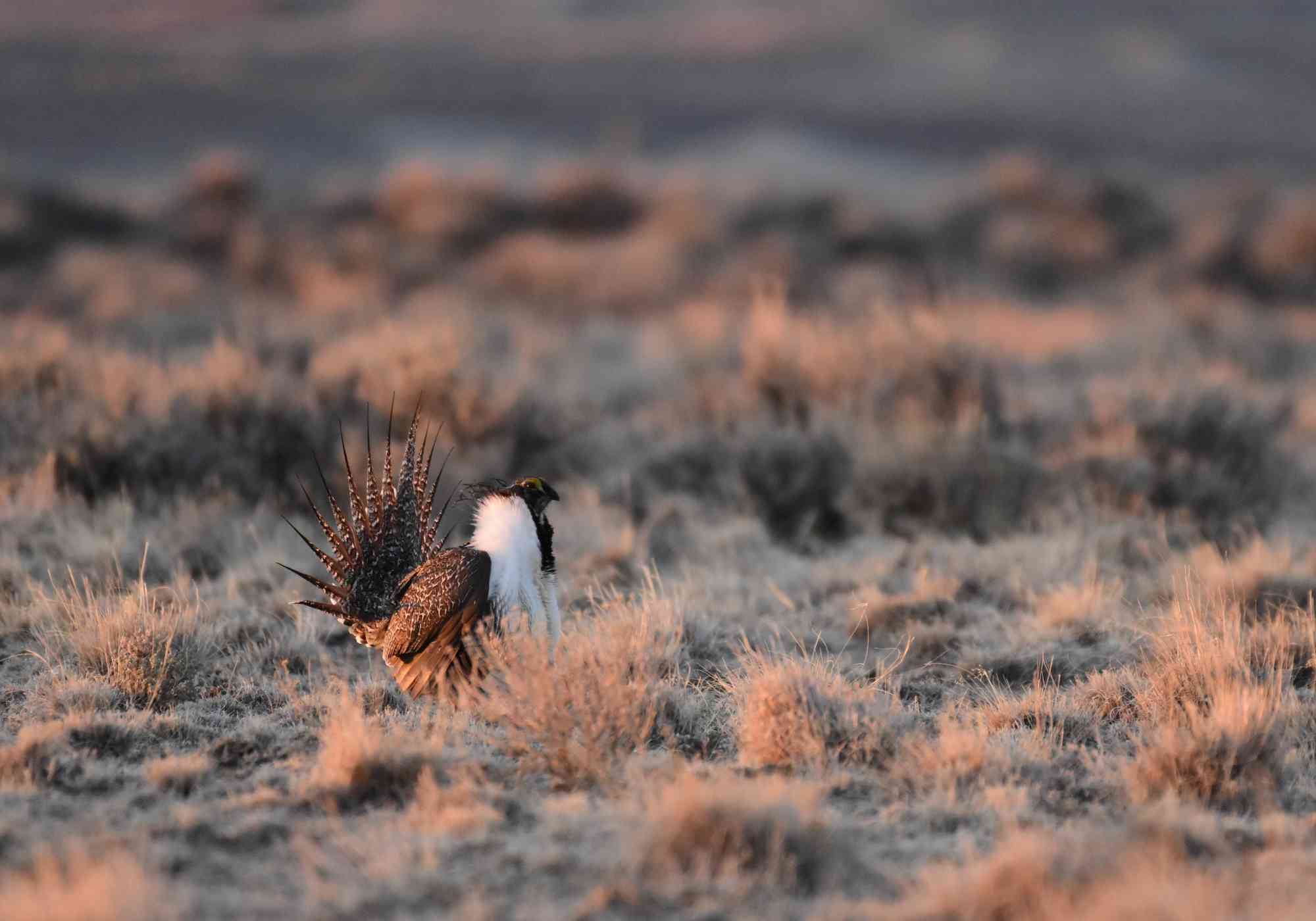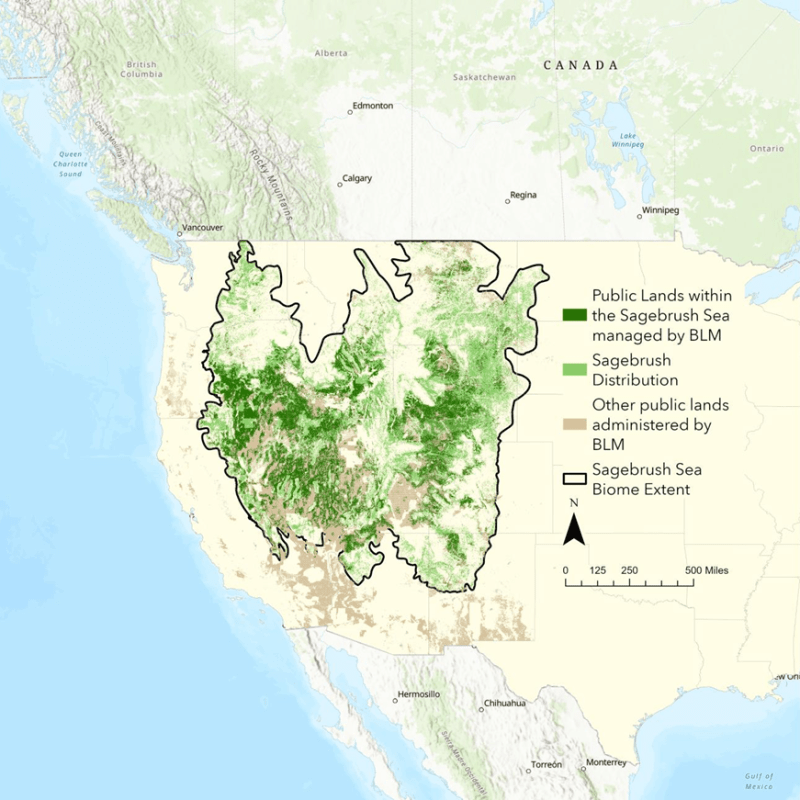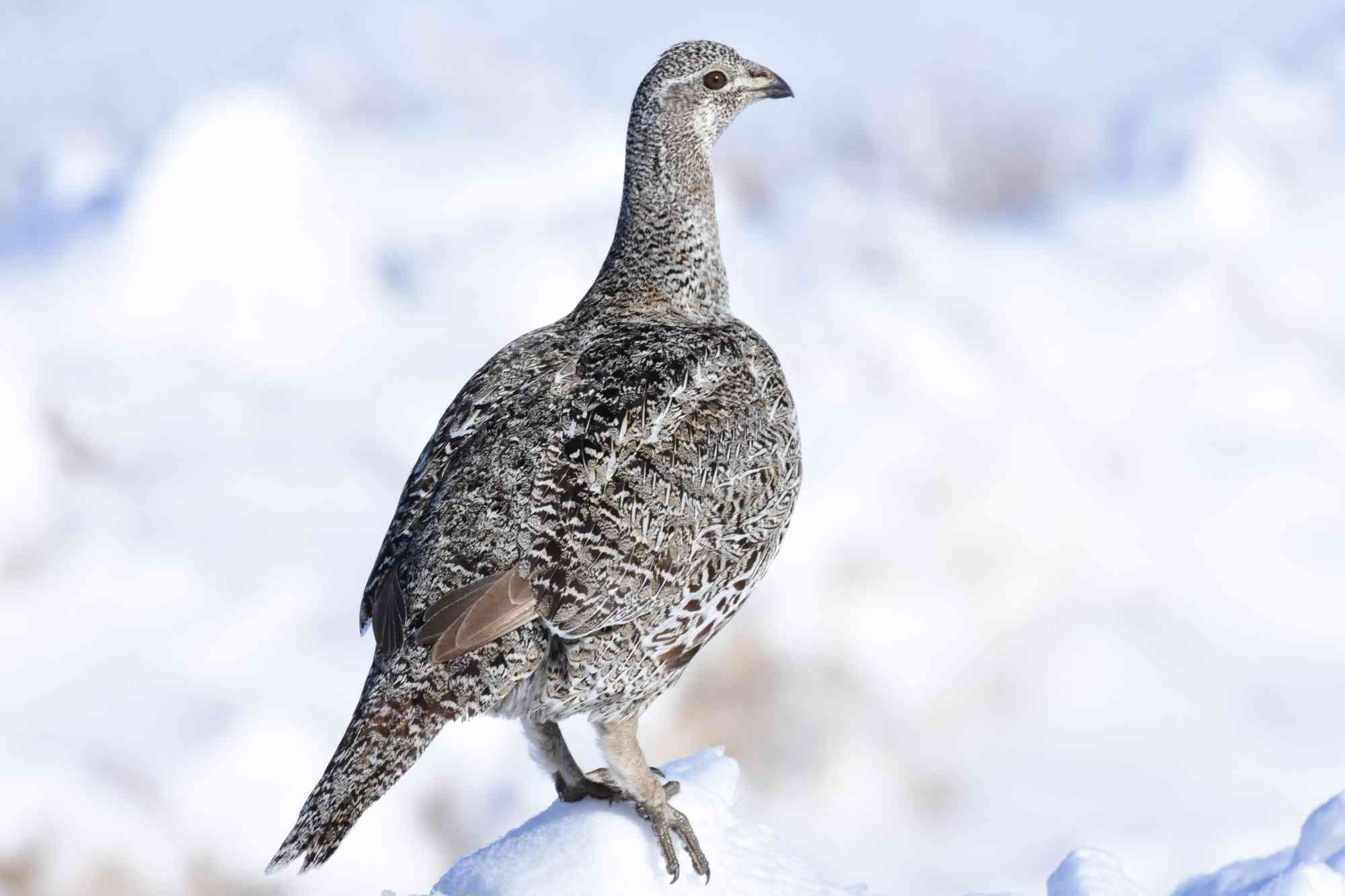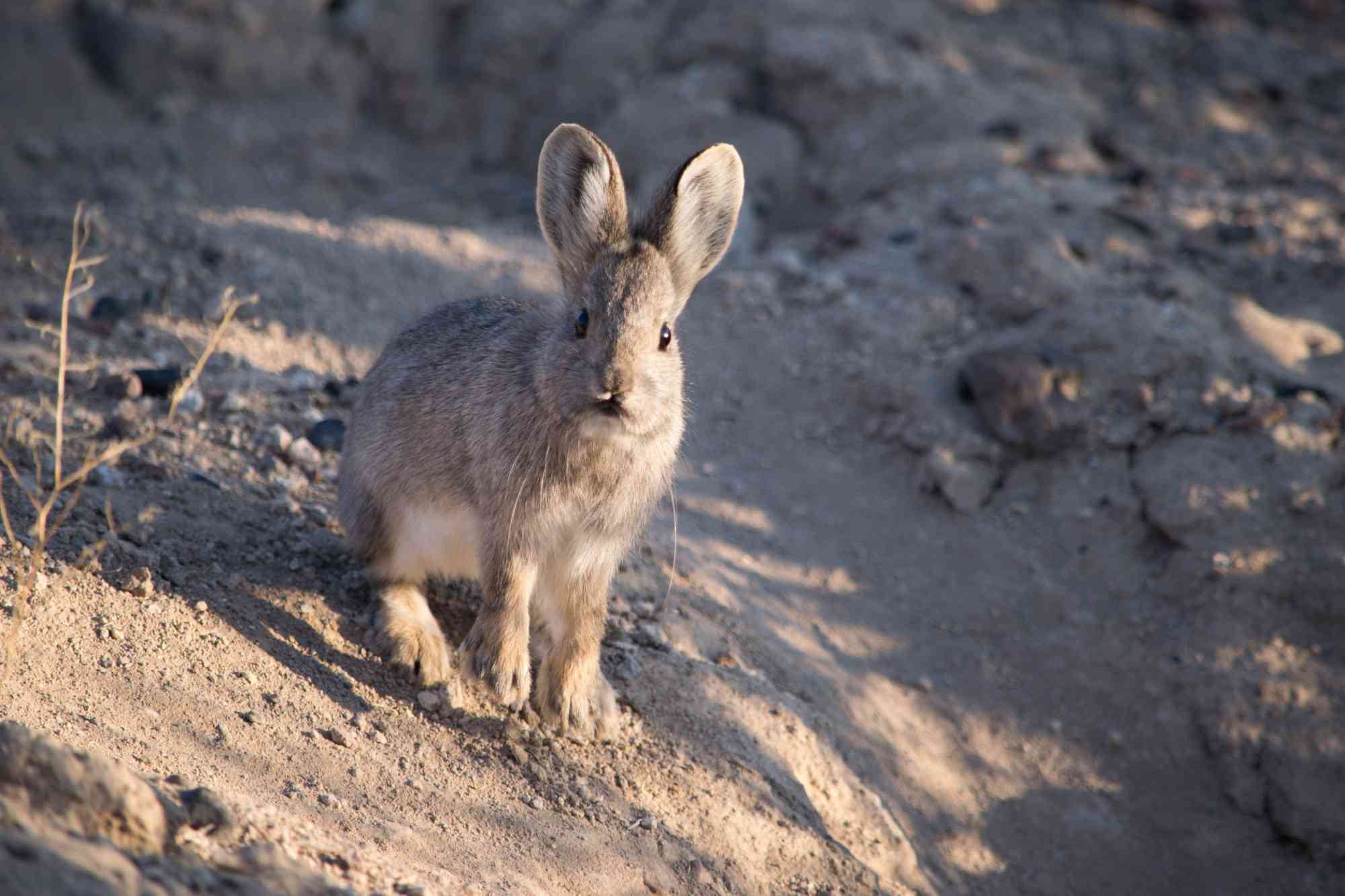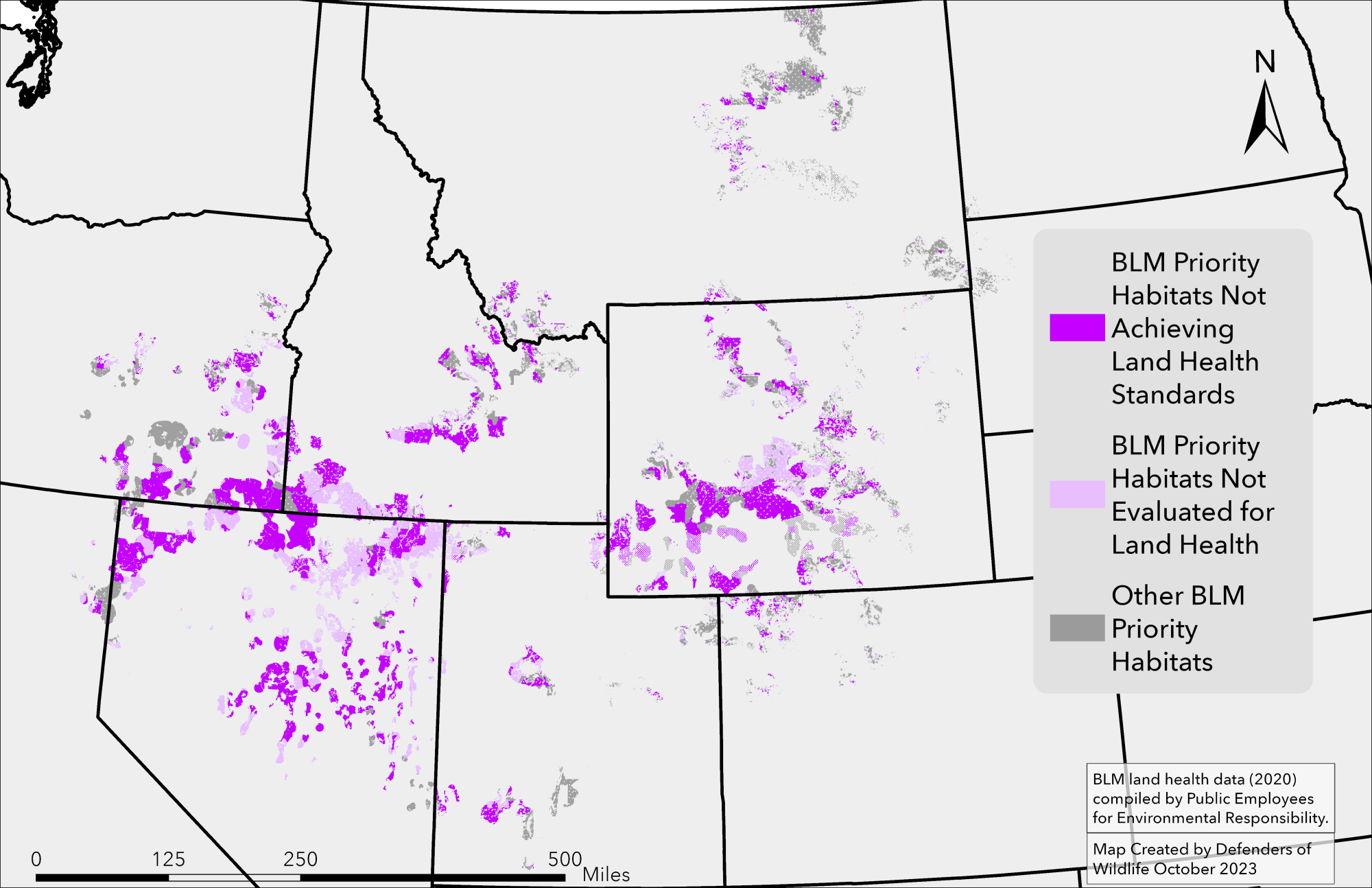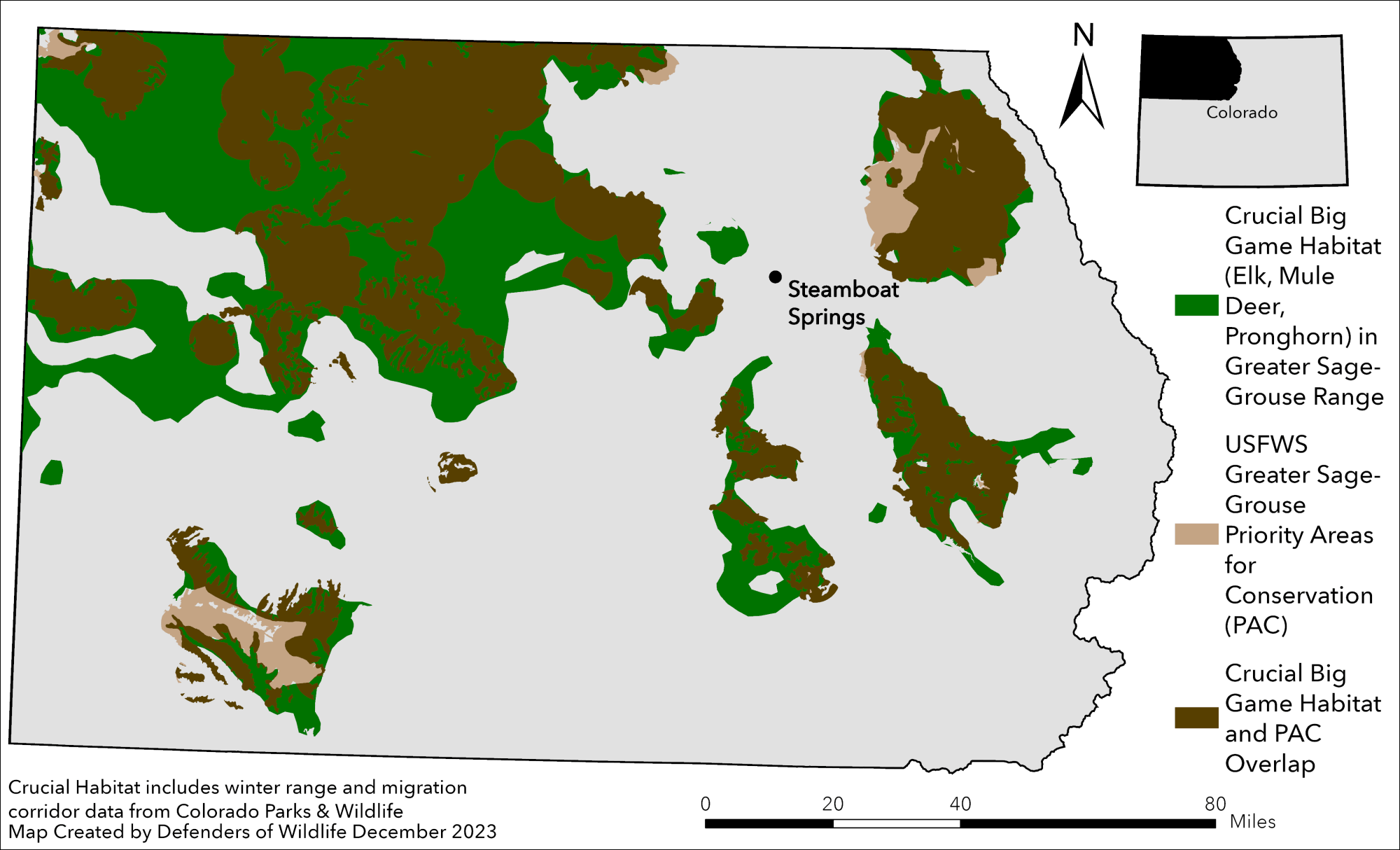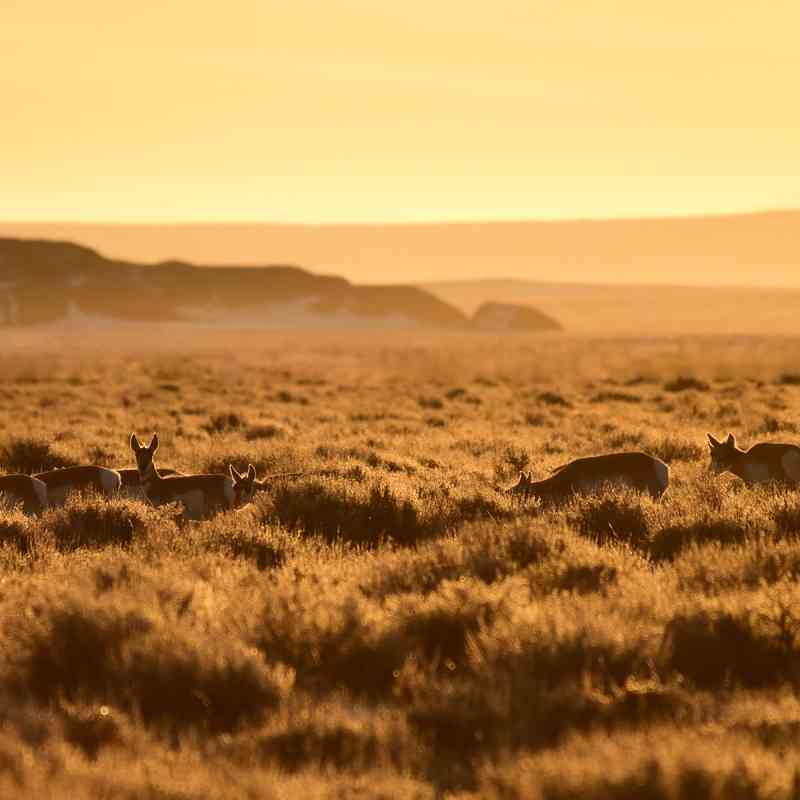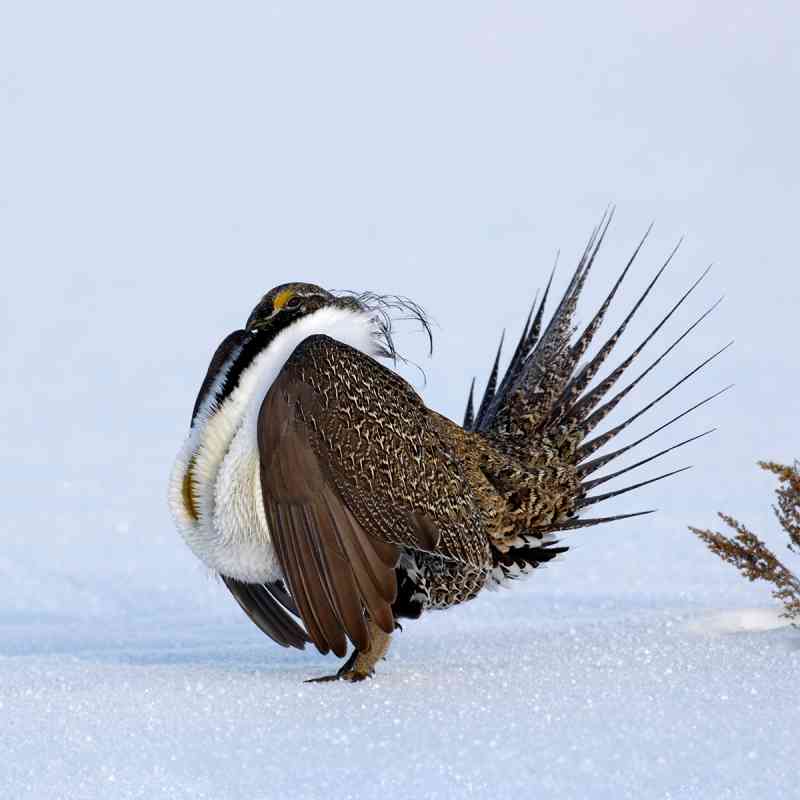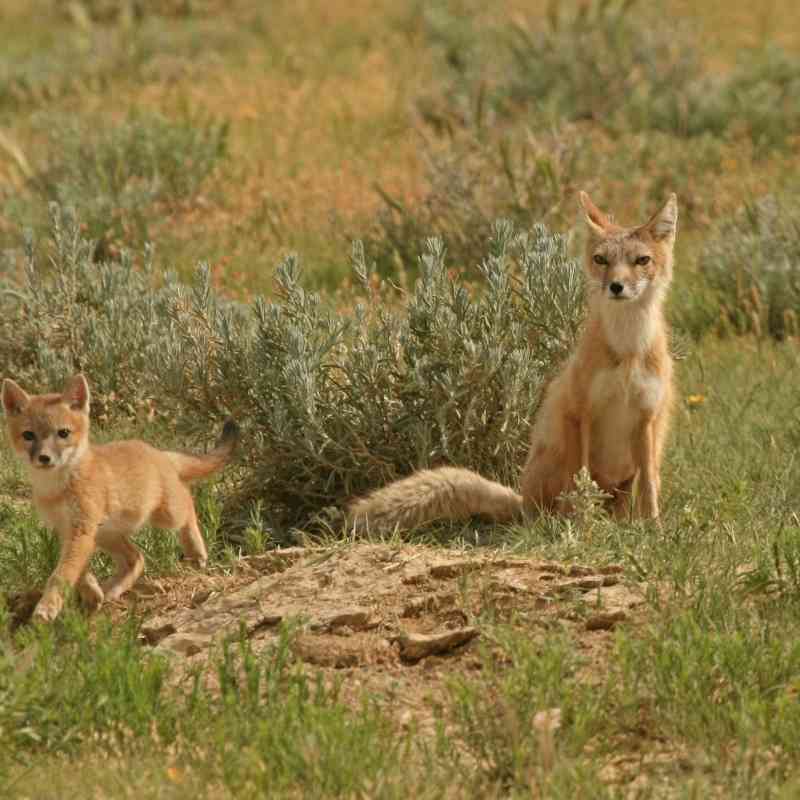The American West is full of wonderful natural treasures and surprises. One of the greatest and most unexpected is the Sagebrush Sea. This “sea” is a spartan yet spectacular landscape that stretches across the intermountain west. Its namesake, the sagebrush, is a leathery and gnarled shrub that provides food, habitat and shelter for numerous species. This includes the greater sage-grouse and other imperiled animals and plants that live nowhere but the Sagebrush Sea.
The greater sage-grouse, known for its spectacular mating dance, once blanketed this region. The grouse’s range today is less than half of its historic extent and its population is currently estimated at about 5% of its historical population. There has been a nearly 40% decline since 2002 and the population continues to decline at an average rate of 3% annually.
The greater sage-grouse has been on the radar of conservationists and biologists for decades. In fact, the U.S. Fish and Wildlife Service identified the western sage-grouse as a possible candidate for endangered species listing as far back as 1985. In 2002, environmental organizations formally petitioned to add the bird to the endangered species list, and legal wrangling over its potential listing ensued for the next decade culminating with the finalization of the Greater Sage-Grouse Conservation Strategy in 2015.
Led by the Bureau of Land Management (BLM) — the largest land manager of greater sage-grouse habitat across the West — the Greater Sage-Grouse Conservation Strategy was the result of a grand negotiation between federal and state governments and other affected entities. The strategy’s approach was to identify “Priority Habitat Areas” — places with high breeding bird densities — across the western states and direct development away from these important areas. The strategy was legally challenged by both industrial interests and environmental organizations. It was also weakened by the Trump administration through lackluster implementation and a 2019 amendment that rendered moot key provisions. The amended strategy was quickly halted by a federal court.
Facing this legal landscape and armed with more scientific information projecting further sage-grouse declines, BLM launched a revision of the Greater Sage-Grouse Conservation Strategy in 2022. The draft strategy is expected in early winter 2024 for public review and feedback.
Defenders of Wildlife has a keen and enduring interest in conserving the greater sage-grouse. In addition to the birds’ intrinsic value, conserving sage-grouse habitat also helps hundreds of other animals and plants, many of which are also in decline. We continue to advocate for strong protections bringing both scientific analysis and sound policy to the table.
For instance, we recently took a critical look at the condition of the 2015 Priority Habitat Areas to better understand if the 2015 strategy was sufficiently protecting these important sage-grouse habitats. We found that:
-
Just under half of the greater sage-grouse priority habitats are not meeting land health standards, often because of grazing. BLM is required to evaluate grazing allotments for land health: lands are considered healthy if they meet or are working toward achieving specific standards. Forty-seven percent of priority habitats are rated in substandard condition and 24% have never been evaluated for land health.
-
Fifteen percent of priority habitats are dominated by invasive grasses.
-
Seven percent of priority habitats have been leased for oil and gas development (2017-2022) or granted as rights of way for transmission lines, roads, pipelines, etc. (since 2015).
-
More than 95% of priority habitats are experiencing chronic drought.
This analysis shows that despite the initial conservation strategy in 2015, Sagebrush Sea habitats are struggling.
Managing public lands for recreation, grazing, energy development and other uses, along with conservation for declining species, is no easy task. Conservation biologists tell us the key to species conservation is protecting and restoring a network of habitats adequate to support species’ needs like breeding, wintering, brood-rearing and movement.
Defenders along with 18 other conservation entities submitted a habitat conservation proposal to BLM as part of our participation in the revision of the Greater Sage-Grouse Conservation Strategy. In addition to protecting vital sage-grouse habitats, establishing a protected areas network will bolster the Sagebrush Sea’s capacity to endure changes in climate that are already putting habitats under stress. It will also help sustain healthy herds of animals that live in the Sagebrush Sea, like mule deer and pronghorn.
The greater sage-grouse is running out of time. This third revision can offer the sage-grouse a lifeline, but BLM will need to stand strong in the face of considerable political pressure to continue allowing activities that are cumulatively diminishing the Sagebrush Sea habitat. You can help! When the draft Greater Sage-Grouse Conservation Strategy is published early next year, tell BLM you support the strongest protections possible, including establishing a protected areas network across the Sagebrush Sea. Sign up for alerts for more information!
Author

Vera Smith
comments
Wildlife & Wild Places

